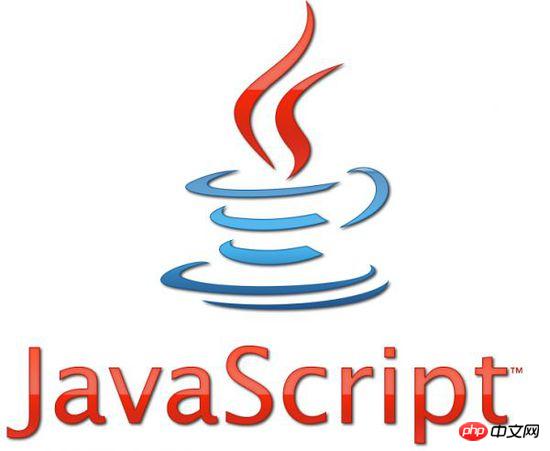
In Web development, the drop-down menu consists of several main menu bars displayed at the top of the window and submenus under each menu bar. Each submenu often also contains several submenu items. Normally, only the menu bar is displayed in the window, and when the mouse pointer points to the menu bar, the menu bar's submenus are displayed. When the mouse pointer leaves the menu, the submenu is hidden and only the main menu bar is displayed. Based on this feature of the drop-down menu, we can use JavaScript to easily implement these functions. This article will specifically explain the use of JavaScript technology to implement the function of drop-down menus.
First, you can first understand the relevant content introduction in "Various Drop-down Menu Implementation Tutorial"
This course goes from easy to difficult, step by step, from static web page layout to using different technologies of HTML/CSS, JavaScript, and jQuery to implement dynamic drop-down menus, allowing you to master drop-down menus. Production and code debugging between different browsers to solve browser compatibility issues.
2. JavaScript implements the function and effect of the drop-down menu
1. Javascript designs the drop-down menu in the webpage
When making web pages, in order to better organize information and make the displayed information clearly classified and hierarchical, web page creators often go to great lengths. Commonly used methods include displaying information in a tree structure, using tables to layout web pages, using frames to organize pages, and so on. But for users who are accustomed to Windows operating systems, using menu operations can be regarded as the most natural method.
2. JavaScript drop-down menu function

# I would like to share with you a piece of example code about the implementation code of js to implement the drop-down menu function, which is very Yes, it has reference value.
1) To prevent events from bubbling
2) For keyboard events, use index index
3) Add animation and animation to elements by setting the class name or clearing the class name Restore the original style
Introduces an example of js implementing the drop-down menu effect, which has a good reference value. Take a picture of a vehicle Select the system to select the license plate type and license plate number by category. The implementation of the selection function module of the drop-down menu is realized through the logical judgment of JavaScript language
There are probably the following steps: Get the value of the selected drop-down menu (ID/title, usually the ID will be obtained, and go to the background to obtain the corresponding data from the database based on this ID)Send to Backend, The backend takes the value of the parameters sent by the frontend, queries the database, and then assembles it into the format type you want and returns it to the frontend.
5. javascript+PHP application: dynamic implementation of double drop-down menus in web page production
In web page production, this situation is often encountered, through the main drop-down menu Menu selection dynamically generates sub-drop-down menus. For example: There are three options in the main menu: "Focus News", "Lifestyle", and "Mood Stories". By selecting "Focus News", submenus are automatically generated such as "Domestic", "International", "Sports", "Entertainment", and so on. Using javascript, we can easily achieve the above effects. But the problem is that if the options in the menu are dynamically extracted from a database (or other file), it is not easy to implement.
Questions and answers related to JavaScript implementing the drop-down menu function
1. Zhihu search box still exists even if there is a drop-down menu Focus, what is the principle?
3. jq ui's Autocomplete clicks twice on the drop-down menu in ios before it is selected
【Related recommendations】
1. html+css Summary of making various styles of drop-down menus
2. PHP Chinese website navigation effects free download
The above is the detailed content of Summary of using JavaScript to implement drop-down menu functions. For more information, please follow other related articles on the PHP Chinese website!




